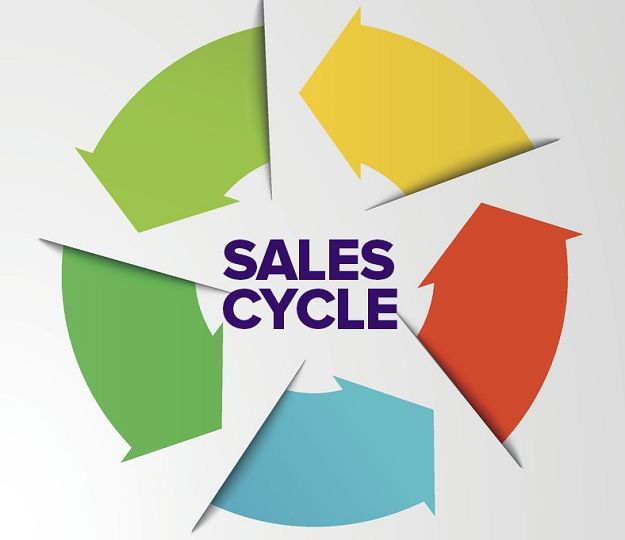
To tighten the sales cycle with an MSP (Managed Service Provider), an IT vendor should focus on building a strong and mutually beneficial relationship with the MSP while demonstrating the value and benefits of their products or services. Here are some strategies to achieve this:
1. Understand the MSP’s Needs: Take the time to understand the MSP’s specific needs and pain points. Tailor your offerings to address their unique requirements, and demonstrate how your products or services can complement and enhance their current service offerings.
2. Offer Comprehensive Solutions: Provide the MSP with comprehensive solutions that align with their business model and cater to their target market. Bundling products or services together can make it easier for the MSP to adopt and promote your offerings to their clients.
3. Provide Training and Support: Offer training and ongoing support to the MSP’s team. This helps them quickly get up to speed with your products/services and ensures they can effectively utilize and sell them to their clients.
4. Offer Incentives and Discounts: Consider offering special incentives, discounts, or promotional pricing for MSPs to encourage them to try and promote your products or services to their client base.
5. Collaborate on Marketing Efforts: Work with the MSP to develop joint marketing campaigns and collateral. This can include co-branded materials, case studies, and success stories showcasing how your products/services have benefited their clients.
6. Provide White-Labeling Options: If applicable, offer white-labeling options, allowing the MSP to present your products/services as their own. This helps them maintain their brand identity while leveraging your solutions.
7. Build Trust and Credibility: Showcase your expertise and track record in the industry. Positive reviews, testimonials, and certifications can help build trust with the MSP and their clients.
8. Streamline the Procurement Process: Simplify the procurement process for the MSP. Ensure that pricing, licensing, and contractual terms are clear and easy to understand.
9. Maintain Regular Communication: Regularly communicate with the MSP to provide updates on product enhancements, new features, and promotions. Be responsive to their inquiries and requests.
10. Monitor Performance Metrics: Keep track of key performance metrics related to the sales cycle, such as the time it takes for the MSP to convert leads into customers. Analyze the data to identify areas for improvement and optimize the sales process.
By building a solid partnership and demonstrating the value of your products or services to the MSP, you can significantly shorten the sales cycle and create a win-win situation for both parties. As the MSP experiences positive outcomes and increased client satisfaction, they are likelier to become loyal advocates and advocates for your IT vendor offerings.




